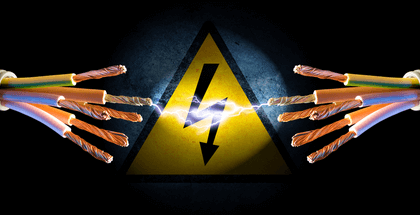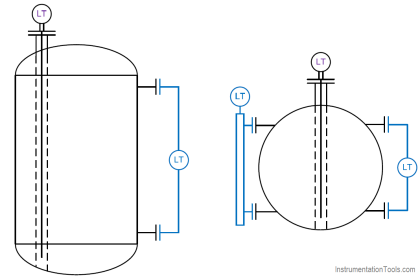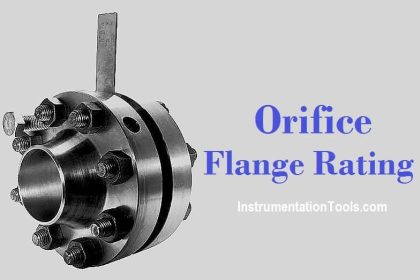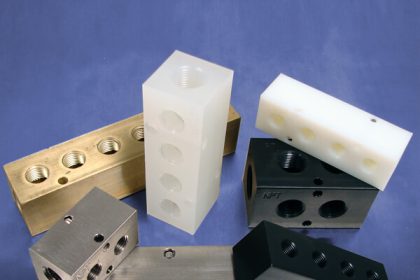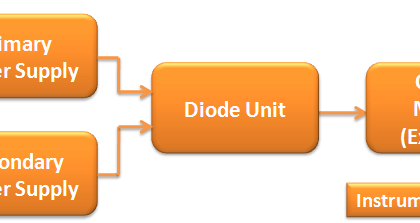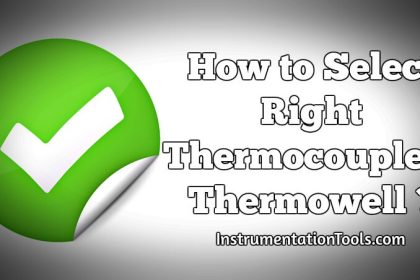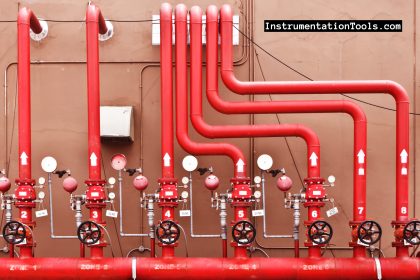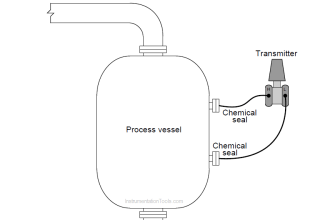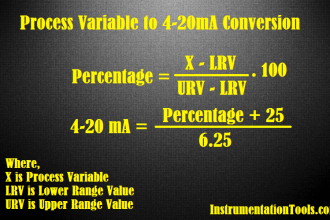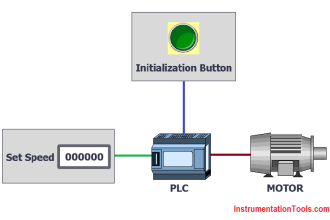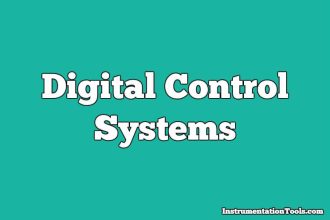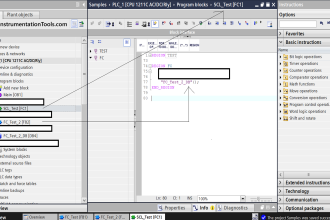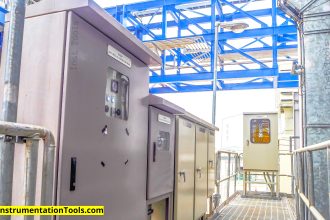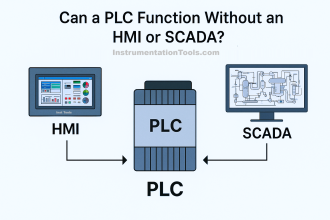Deciding which pressure sensor to purchase is not an everyday task, and is one that can be confusing. However, the decision is an important one as it will have an impact on the performance, production cost, calibration and service of the entire system.
Selecting the correct sensor for any given application, regardless of whether it is a pressure sensor, temperature sensor or load cell, requires answers to a number of questions.
In case of a pressure sensor, these questions are:
- What is the pressure medium?
- What pressure will the sensor measure?
- How will the sensor interface mechanically?
- What is the temperature range (operating/storage)?
- How accurate does the sensor need to be?
- Does the sensor need to be temperature compensated?
- Is stability over time a critical factor?
- Do sensors need to be interchangeable from unit to unit?
- Does the operating environment demand extra ruggedness?
- Is size (for fitting purposes) an issue?
- What are the excitation voltage and current applicable?
- Is the signal output appropriate for the application?
- What electrical connections are required?
- Are pressure spikes and/or overload situations possible?
- Do you require any approvals?
Cost considerations
Clearly, any sensor chosen that answers all these questions will be technically suitable for the application. However, this “perfect match” could potentially be very expensive. Therefore you may have to widen some of the specifications in order to achieve a target price.
One further very important point is to choose a sensor manufacturer that can manufacture sensors consistently to agreed specifications and in the quantities you require.
Furthermore, if units are required for testing make sure they are from a production batch – not a sensor specifically made as a one-off (unless this has been agreed).
